The Most Expensive Suit On The Market Might Just Live Up To Its Asking Price
An Honest Review: The Rip Curl Flashbomb+
Wetsuits: they’re cumbersome and expensive, and unless you live on the equator, they’re surfing’s second most important pre-requisite.
Wetsuit facts and stats hardly arouse our inner consumer. Nor does the thought of trying on and splashing out for a new suit entice a surfer to the same extent that pondering a new stick might – although there are few feelings more pleasant than slipping into fresh rubber.
Spending large on a new suit, while seemingly dreadful, for the (near)everyday surfer isn’t a bad call. But, it’s easy to wonder if said suit will fall short of expectations – too thin, rash-conducive seams, or just a perpetually wet steamer.
While we may all wish wetties lasted forever, they don’t; and every season or so you’ll find yourself having to consider your options for a new second-skin.
The Rip Curl Flashbomb+ is one of these options.
Rip Curl is undeniably one of the longest running, most recognisable and wide-spread wetsuit brands in surfing (you’d be hard pressed to go for a surf and not see at least one person wearing one) and there’s a reason for this.
Put simply, they’re quality, but as with everything in life, quality comes at a cost; in the case of the Flashbomb+, a $699AUD cost (two weeks rent in Bondi terms).
Mick and Mason wouldn’t be surviving the arctic circle in these things if they weren’t up to par though.
But you’re not Mick nor Mason, and you’re probably – almost definitely – not suiting up beside icebergs and avalanches.
So, instead, we offer an honest review from an average bloke, surfing semi-temperate, consistently sub-par waves, somewhere just outside the tipping point of being legitimately cold – Sydney.
Here’s how the 3:2 Flashbomb+ performed.
Warmth
The warmest fucking suit I’ve ever worn
It’s as simple as that.
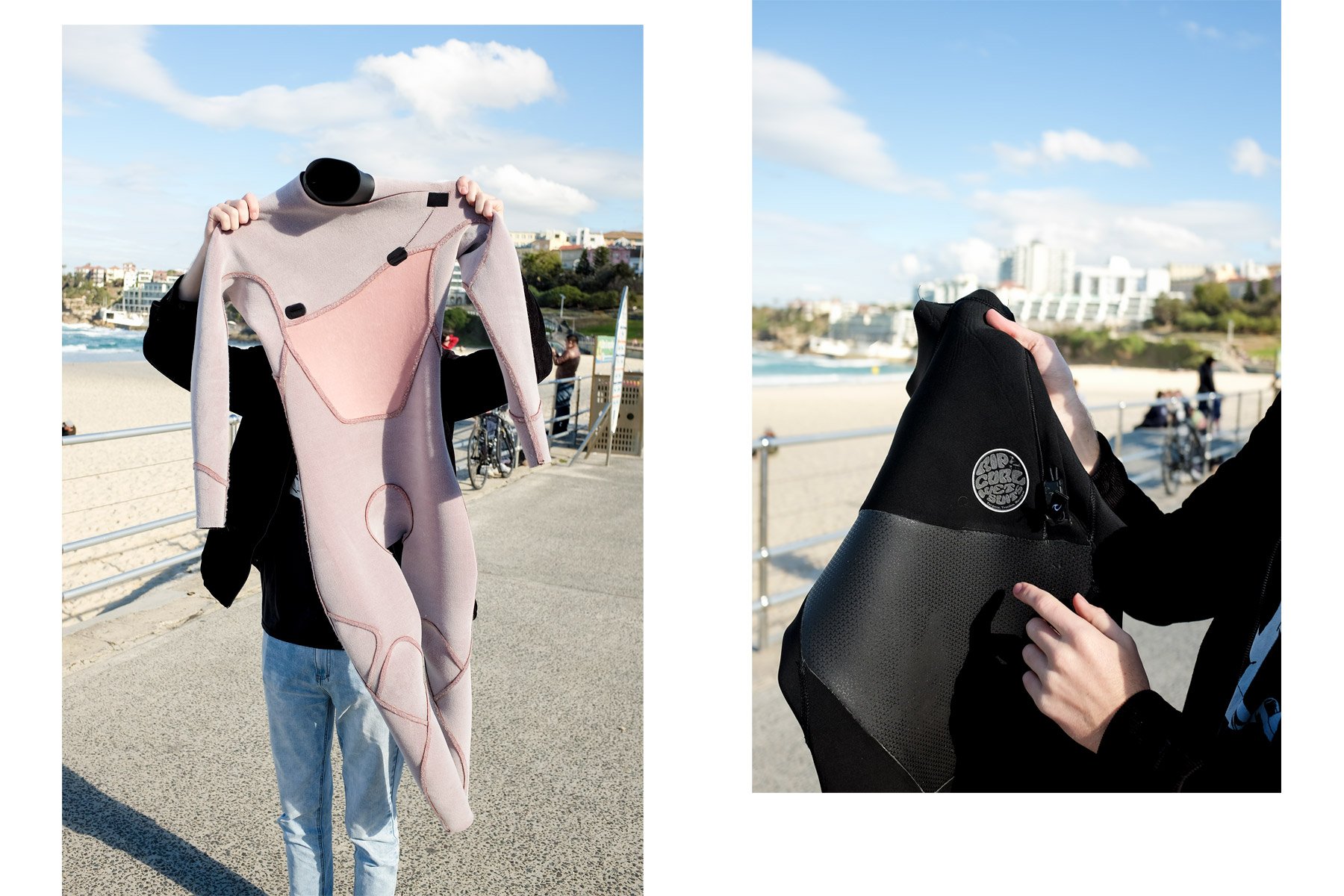
We’ve come a long way from wetties which take half-a-week to dry and not a drop of rain.
Photography
Shinya Dalby
The E5 flash lining – the carpet-like interior throughout the suit – is the key factor in the added warmth. These fur-like linings exist in most upper-end suits these days, but there’s nothing I’ve experienced that’s comparable to the Curl’s lining.
The lining now covers the inner taping as well, so you won’t be feeling wet-strips of neoprenal tape as you slide your limbs in on a brisk winter morn.
Even after a stagnant, overcrowded and inherently frustrating session at the world’s most crowded bank, Bondi, you still won’t be paddling in shivering. You’ll be pissed off, but hey, you won’t be cold.
Sydney’s winter water temps hover at a relatively balmy 16-18 degrees celsius, but the air temps sit around 5-10 at dawn; it’s not freezing by any means, but there’s no doubt this 3:2 could handle much much colder.
If anything, I was borderline ‘hot’ on the higher temperature days.
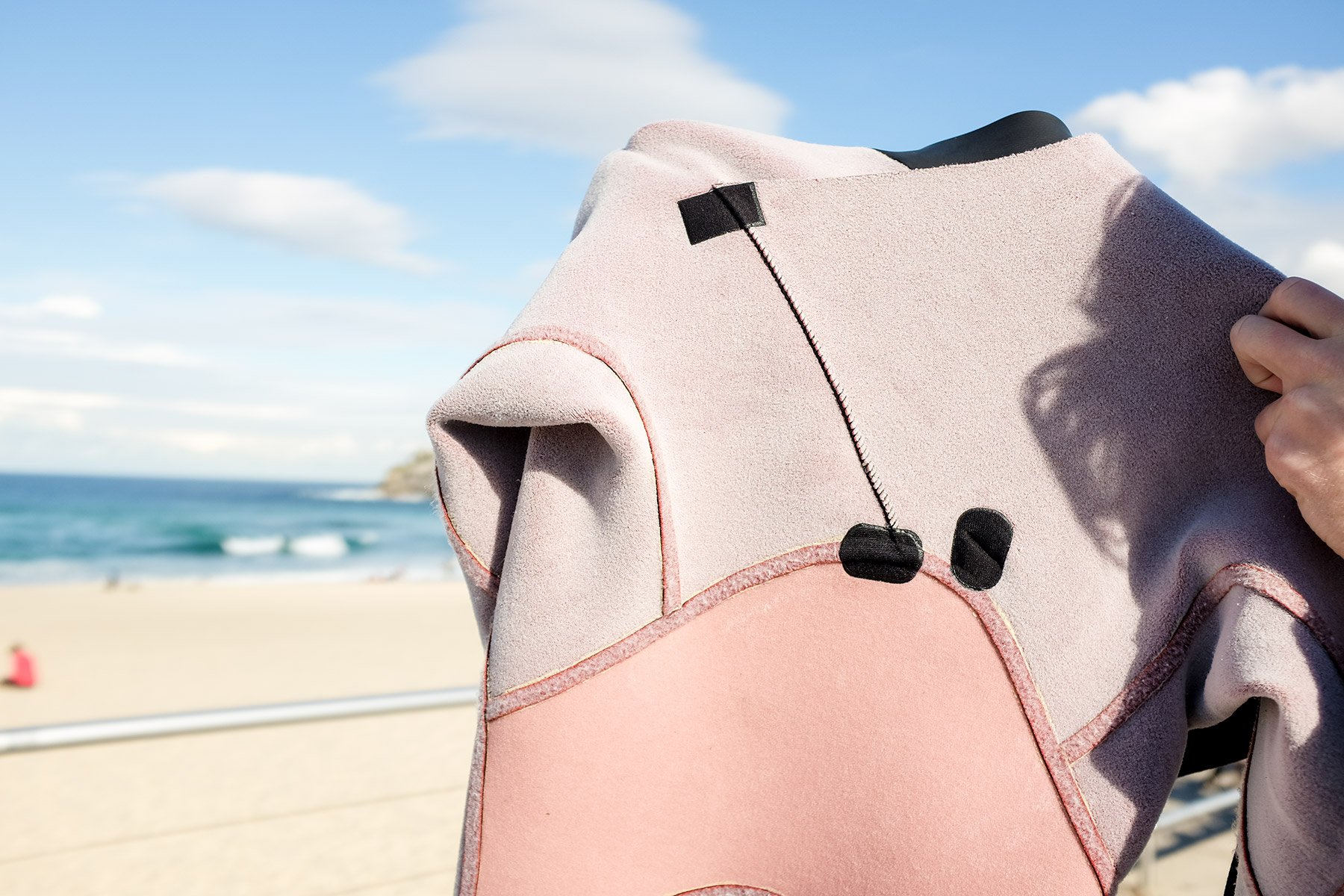
There ain’t nothing on the market drying quicker than this.
Photography
Shinya Dalby
Drying time
Somehow, and surprisingly, it’ll still dry in the boot of your car.
You might not like to admit it, but there are many times you leave that sopping, stinking and piss-soaked pile of rubber stewing in the boot. And of course, heavily regret that decision the next day. (Everyone does it, don’t deny it.)
On days when rain combined with inherent laziness, my suit unfortunately suffered the same fate.
Rip Curl don’t recommend this ‘drying method’, but they’ve created a suit that somehow manages to dry out regardless, and it stinks a little less too. A game changer for anyone who slides out of the office at lunch, or surfs both morning and night.
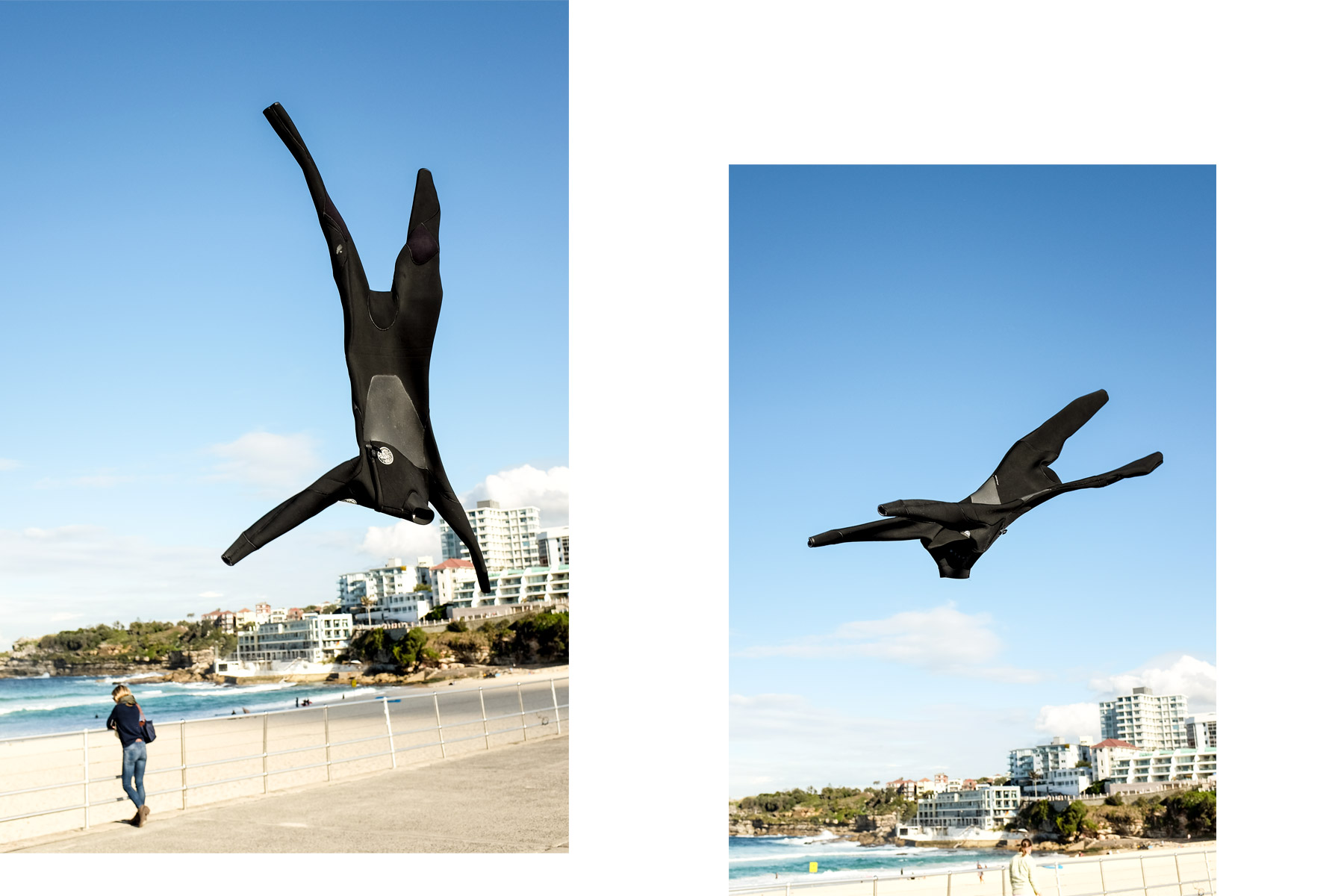
Shinya’s concept didn’t exactly go to plan, but, this could be considered another ‘non-recommended’ drying method. Shin has since been sacked for this incredibly poor ‘creative’ direction.
Photography
Shinya Dalby
The outside of my suit was still damp, but the interior lining lived up to the tag and seemingly ‘funnels water out of the suit’. And in all honesty, a dry interior in your suit is all that’s needed.
On sunnier days, the interior of the suit dries around 15-20 minutes after you’ve stripped it off. Turning it inside out, while appropriately hanging it up reduces this time even further.
Stretch and comfort
It can feel a little ‘heavy’ at times and it’s not what I’d call the least restrictive suit on the market.
Other suits I’ve worn don’t keep you anywhere near as warm, nor do they dry as quickly, but on a midday surf through a warmer winter’s day, I’d opt for a lighter, less restrictive suit if I had the choice.
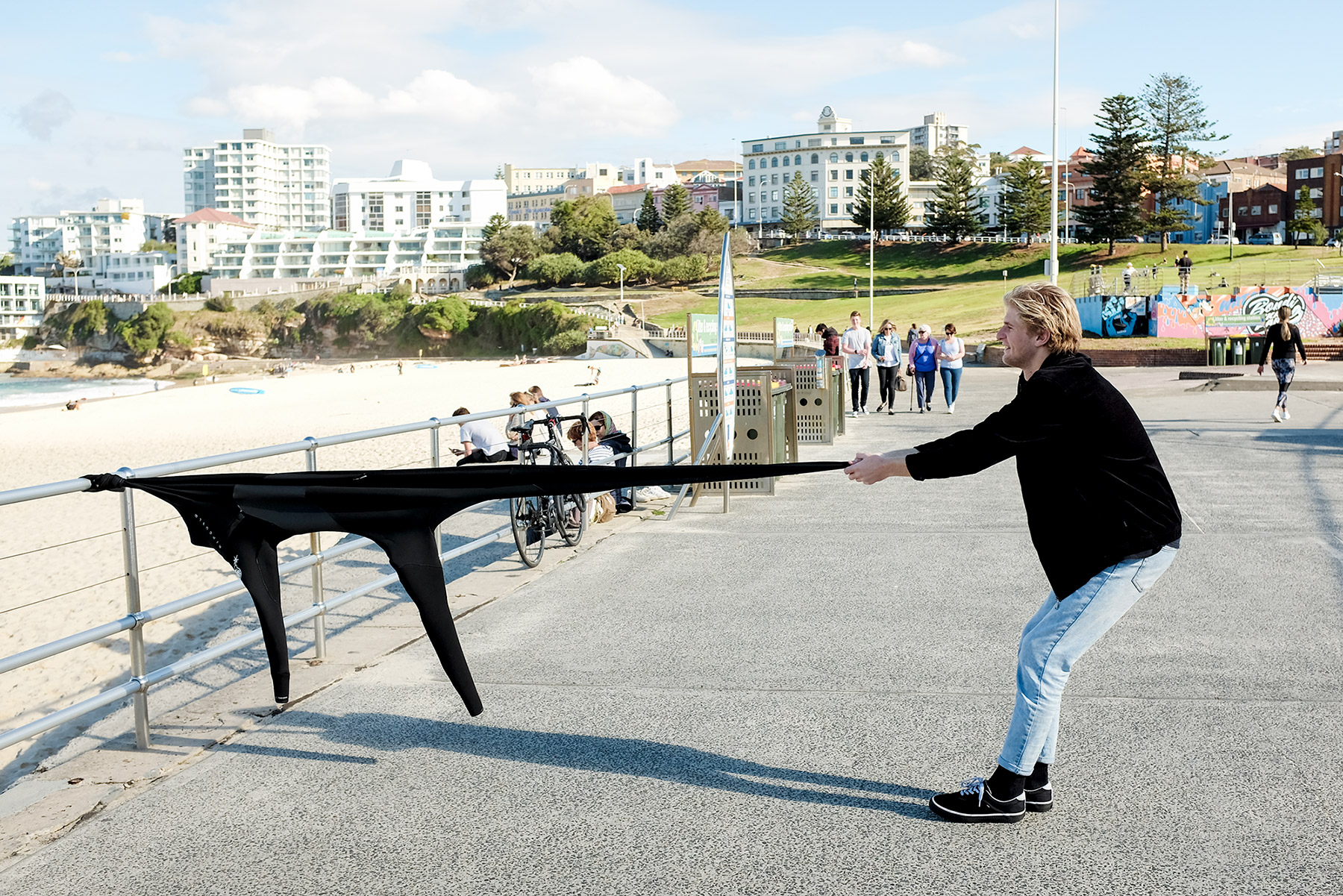
My efforts in extending my ‘medium’ to a ‘medium-tall’ went unfulfilled, a positive for the quality of RC’s suits.
Photography
Shinya Dalby
The neoprene is plenty flexible, as good as anything else we’ve felt, but the fur-lined interior bulks it out slightly and gives it thicker feel than other 3:2 wetties. As strange as this might sound, it’s the thickest 3:2 wetsuit I’ve ever owned.
Other small, but important pleasantries
Zip-free wetsuits are no gimmick—less flushing, less restrictive and no YKK stitch ups, all at the cost of a little bit of spinal contortion pre and and post-surf. I’ve had a few other non-Rip Curl zipperless suits in my time, and thus far this suit’s held together well (zipperless suits are notorious for stretching out quickly).
Rubber taped cuffs: It makes getting in and out a little tougher, but not once in my month of use have I experienced either the arms or legs of the suit rolling up after a flogging.
Liquid mesh panels: it’s grippy, soaks up heat, and cuts bone-chilling breeze on gustier days.
Minimal branding: The quintessential Rip Curl ‘Bomb’ logos are there, but other than that, there’s little in the way of unsightly and standout branding.
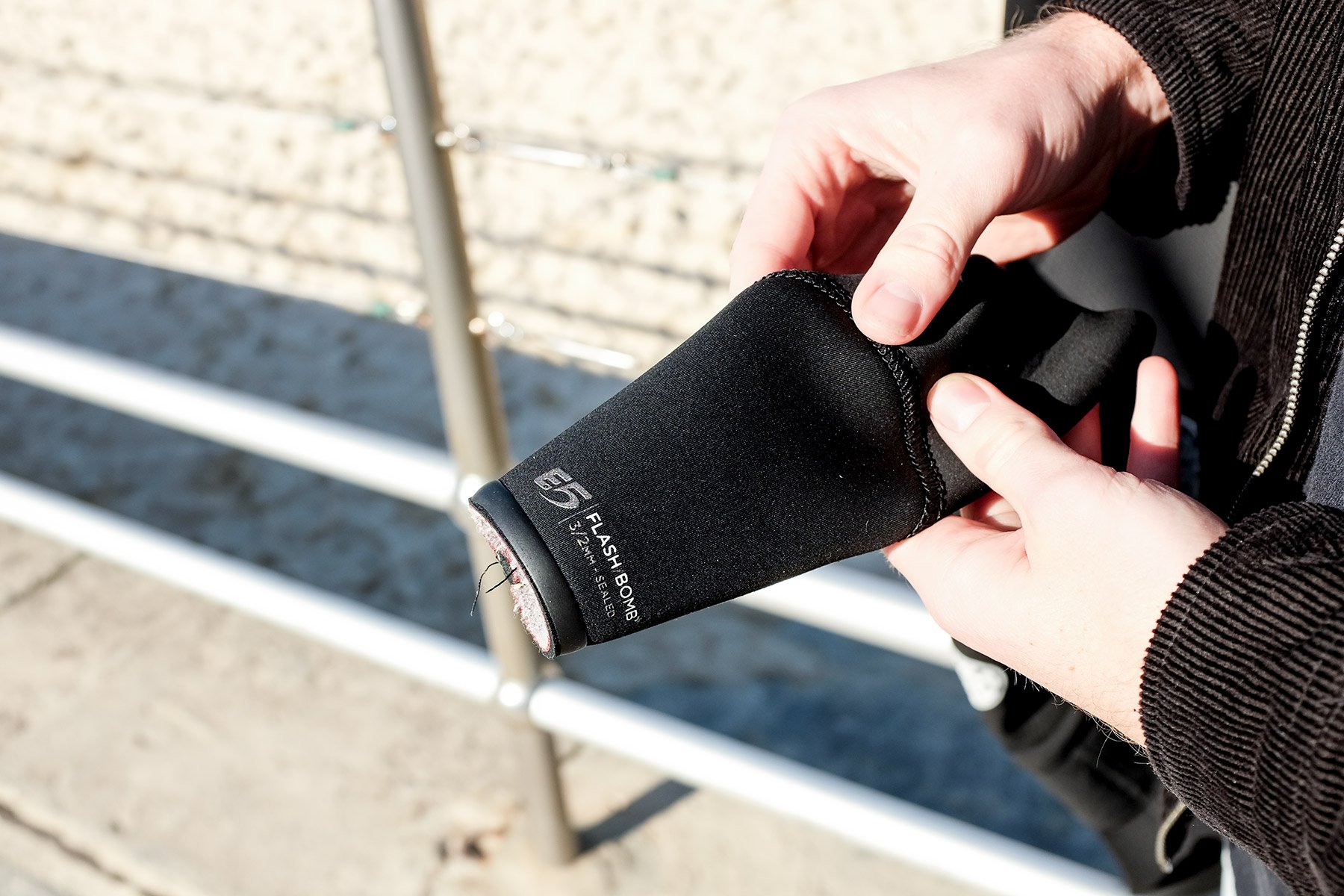
This taped cuff might not look like much, but this keeps water right out and stops your sleeve rolling up past your elbow.
Photography
Shinya Dalby
A cost-worth analysis
These days, a highish-end suit that will see you through to the winter’s end can be bought for around $400 to $500 clams. For example, Rip Curl’s very own E6 E-Bomb can be bought for a $450 – a noticeable difference in your hip pocket to the suit discussed here.
At the end of the day though, it’s going to depend upon the climate in which you’re situated and you’re willingness to forgo hard earned coin.
I’m not saying the suit isn’t worth $700, since the drying time and incomparable warmth alone warrant that; however, it might be wise to consider your location when purchasing, the times of day at which you’ll be using it, and the number of times a week you actually surf.
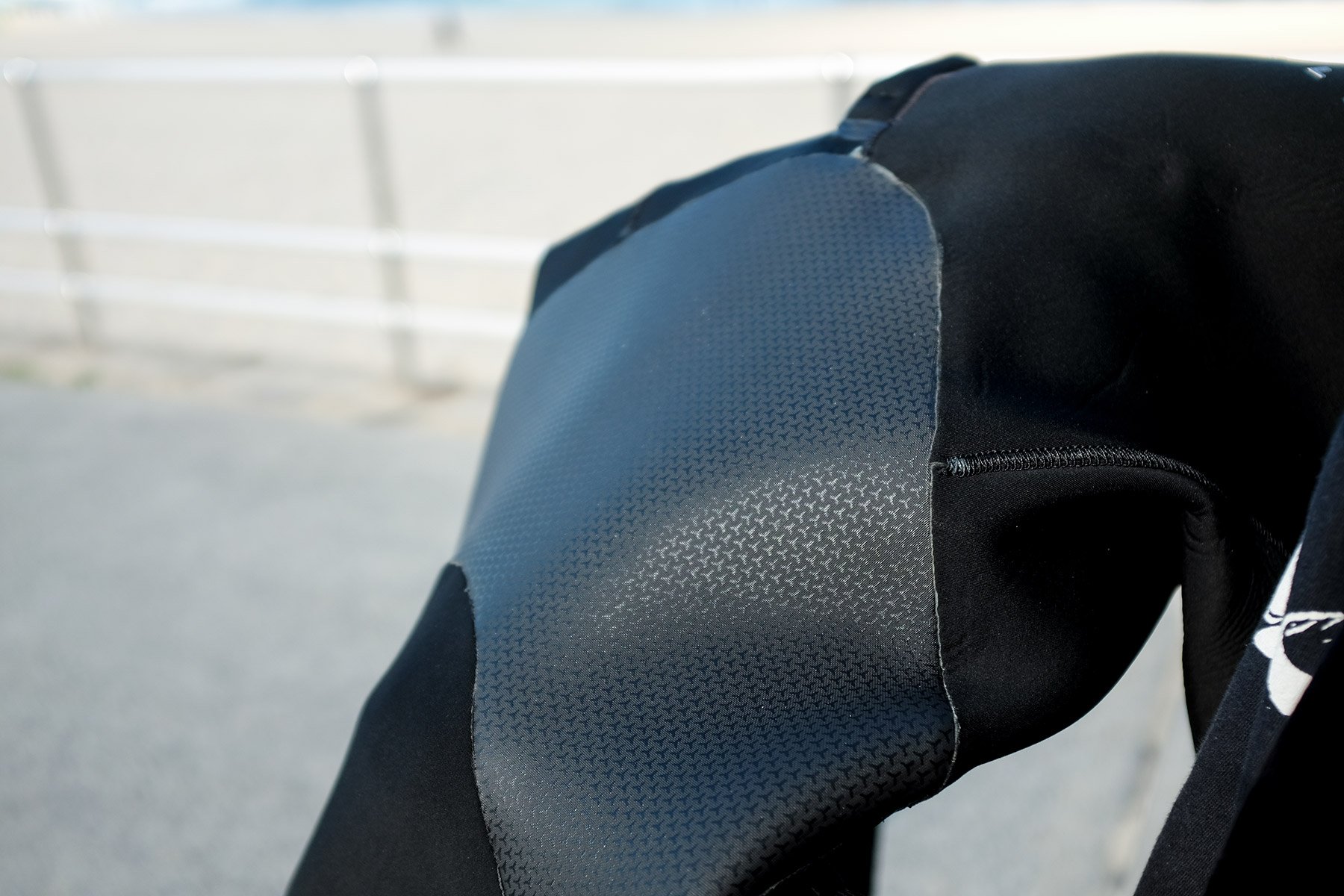
Once you’ve worn a suit with this panelling you won’t want to be switching back.
Photography
Shinya Dalby
If you’re a consistent pre-work, dawn patroller, then it’s worth the outlay knowing you’ll never near being cold again – even down south. Furthermore, if you’re looking for something that’ll last you more than a season, Rip Curl is the go to. And, if you live south of the latte and craft beer diners in the big smoke, then this suit is essentially a must for any serious winter shredhead.
But if you’re a lazy, mid-morning to arvo sort of straggler, or someone who catches an abundance of waves, then you might be better off purchasing something a tad lighter on your wallet, and adding that leftover coin to the new stick fund instead.
Head over to the Rip Curl site here if you’re in need.














Comments
Comments are a Stab Premium feature. Gotta join to talk shop.
Already a member? Sign In
Want to join? Sign Up